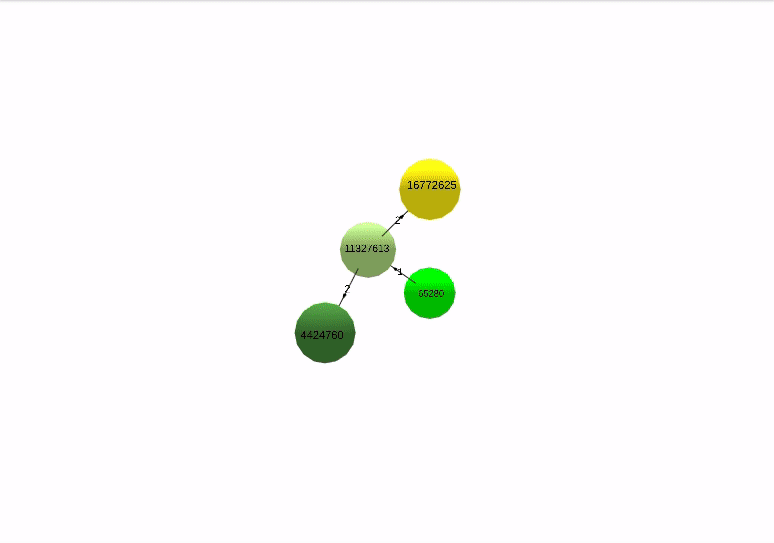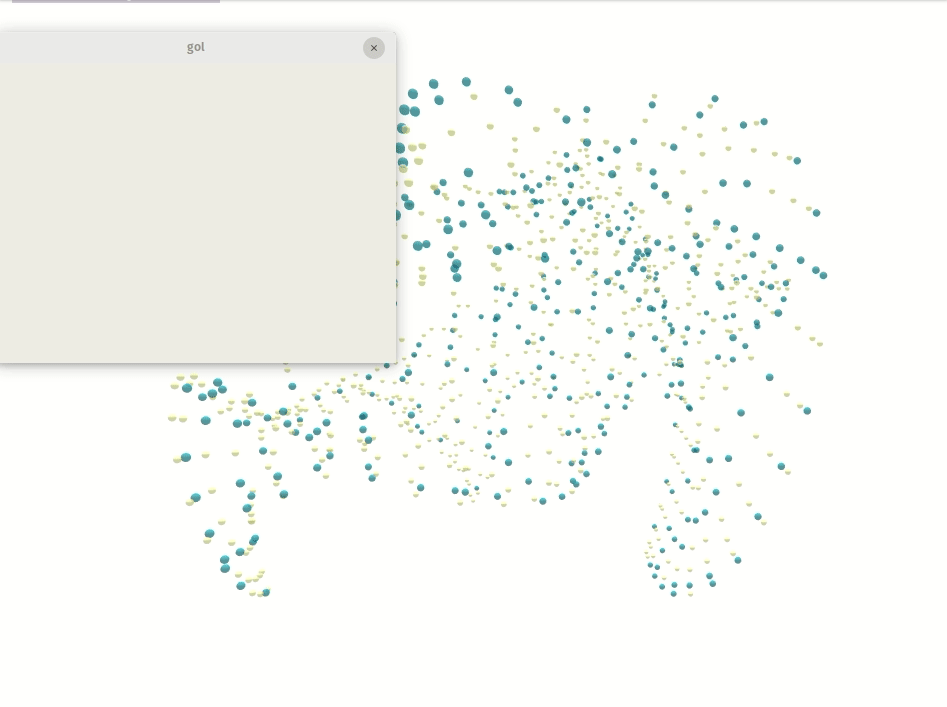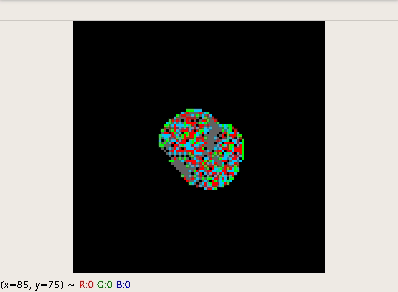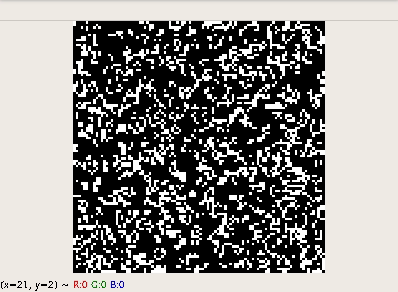Ecosyste.ms: Awesome
An open API service indexing awesome lists of open source software.
https://github.com/complexdb/zincbase
A state of the art knowledge base
https://github.com/complexdb/zincbase
graph-embedding knowledge-base knowledge-graph prolog
Last synced: about 1 month ago
JSON representation
A state of the art knowledge base
- Host: GitHub
- URL: https://github.com/complexdb/zincbase
- Owner: complexdb
- License: mit
- Created: 2020-01-30T04:54:46.000Z (over 4 years ago)
- Default Branch: master
- Last Pushed: 2020-06-01T02:30:25.000Z (about 4 years ago)
- Last Synced: 2024-05-20T09:20:45.408Z (about 2 months ago)
- Topics: graph-embedding, knowledge-base, knowledge-graph, prolog
- Language: Python
- Size: 11.7 MB
- Stars: 170
- Watchers: 4
- Forks: 24
- Open Issues: 6
-
Metadata Files:
- Readme: README.md
- Contributing: CONTRIBUTING
- License: LICENSE
Lists
- jimsghstars - complexdb/zincbase - A state of the art knowledge base (Python)
README
[](https://circleci.com/gh/complexdb/zincbase)
[](https://zenodo.org/badge/latestdoi/183831265)
[](https://zincbase.readthedocs.io/en/latest/?badge=latest)
[](https://pypi.python.org/pypi/zincbase/)
[](https://pypi.python.org/pypi/zincbase/)
[](https://pypi.python.org/pypi/zincbase/)
[](https://pypi.python.org/pypi/zincbase/)

ZincBase is a state of the art knowledge base and complex simulation suite. It does the following:
* Store and retrieve graph structured data efficiently.
* Provide ways to query the graph, including via bleeding-edge graph neural networks.
* Simulate complex effects playing out across the graph and see how predictions change.
Zincbase exists to answer questions like "what is the probability that Tom likes LARPing", or "who likes LARPing", or "classify people into LARPers vs normies", or simulations like "what happens if all the LARPers become normies".

It combines the latest in neural networks with symbolic logic (think expert systems and prolog), graph search, and complexity theory.
View full documentation [here](https://zincbase.readthedocs.io).
## Quickstart
`pip3 install zincbase`
```
from zincbase import KB
kb = KB()
kb.store('eats(tom, rice)')
for ans in kb.query('eats(tom, Food)'):
print(ans['Food']) # prints 'rice'
...
# The included assets/countries_s1_train.csv contains triples like:
# (namibia, locatedin, africa)
# (lithuania, neighbor, poland)
kb = KB()
kb.from_csv('./assets/countries_s1_train.csv', delimiter='\t')
kb.build_kg_model(cuda=False, embedding_size=40)
kb.train_kg_model(steps=8000, batch_size=1, verbose=False)
kb.estimate_triple_prob('fiji', 'locatedin', 'melanesia')
0.9607
```
# Requirements
* Python 3
* Libraries from requirements.txt
* GPU preferable for large graphs but not required
# Installation
`pip install -r requirements.txt`
_Note:_ Requirements might differ for PyTorch depending on your system.
# Web UI
Zincbase can serve live-updating force-directed graphs in 3D to a web browser. The command
`python -m zincbase.web` will set up a static file server and a websocket
server for live updates. Visit `http://localhost:5000/` in your browser
and you'll see the graph UI. As you build a graph in Python, you can
visualize it (and changes to it) in realtime through this UI.
Here are a couple of examples (source code [here](https://github.com/complexdb/zincbase/tree/master/examples/visualization)):


# Complexity (Graph/Network) Examples
Two such examples are included (right now; we intend to include more soon such
as virus spread and neural nets that communicate.) The examples are
basic ones: Conway's Game of Life and the Abelian Sandpile. Here are some
screencaps; source code is [here](https://github.com/complexdb/zincbase/tree/master/examples),
performance can be lightning fast depending how you tweak Zincbase recursion
and propagation settings.


### Required for the UI
* You should `pip install zincbase[web]` to get the optional web extra.
* You should have Redis running; by default, at `localhost:6379`. This
is easily achievable, just do `docker run -p 6379:6379 -d redis`
# Testing
```
python test/test_main.py
python test/test_graph.py
... etc ... all the test files there
python -m doctest zincbase/zincbase.py
```
# Validation
"Countries" and "FB15k" datasets are included in this repo.
There is a script to evaluate that ZincBase gets at least as good
performance on the Countries dataset as the original (2019) RotatE paper. From the repo's
root directory:
```
python examples/eval_countries_s3.py
```
It tests the hardest Countries task and prints out the AUC ROC, which should be
~ 0.95 to match the paper. It takes about 30 minutes to run on a modern GPU.
There is also a script to evaluate performance on FB15k: `python examples/fb15k_mrr.py`.
## Running the web UI
There are a couple of extra requirements -- install with `pip3 install zincbase[web]`.
You also need an accessible Redis instance somewhere. This one-liner will get it running
locally: `docker run -p 6379:6379 -d redis` (requires Docker, of course.)
You then need a Zincbase server instance running:
## Building documentation
From docs/ dir: `make html`. If something changed a lot: `sphinx-apidoc -o . ..`
## Pushing to pypi
NOTE: This is now all automatic via CircleCI, but here are the manual steps for reference:
* Edit `setup.py` as appropriate (probably not necessary)
* Edit the version in `zincbase/__init__.py`
* From the top project directory `python setup.py sdist bdist_wheel --universal`
* `twine upload dist/*`
# TODO
* add ability to `kb = KB(backend='complexdb://my_api_key')`
* utilize postgres as backend triple store
* Reinforcement learning for graph traversal.
* Rete algorithm (maybe)
# References & Acknowledgements
[Theo Trouillon. Complex-Valued Embedding Models for Knowledge Graphs. Machine Learning[cs.LG]. Université Grenoble Alpes, 2017. English. ffNNT : 2017GREAM048](https://tel.archives-ouvertes.fr/tel-01692327/file/TROUILLON_2017_archivage.pdf)
[L334: Computational Syntax and Semantics -- Introduction to Prolog, Steve Harlow](http://www-users.york.ac.uk/~sjh1/courses/L334css/complete/complete2li1.html)
[Open Book Project: Prolog in Python, Chris Meyers](http://www.openbookproject.net/py4fun/prolog/intro.html)
[Prolog Interpreter in Javascript](https://curiosity-driven.org/prolog-interpreter)
[RotatE: Knowledge Graph Embedding by Relational Rotation in Complex Space, Zhiqing Sun and Zhi-Hong Deng and Jian-Yun Nie and Jian Tang, International Conference on Learning Representations, 2019](https://openreview.net/forum?id=HkgEQnRqYQ)
# Citing
If you use this software, please consider citing:
```
@software{zincbase,
author = {{Tom Grek}},
title = {ZincBase: A state of the art knowledge base},
url = {https://github.com/tomgrek/zincbase},
version = {0.1.1},
date = {2019-05-12}
}
```
# Contributing
See CONTRIBUTING. And please do!